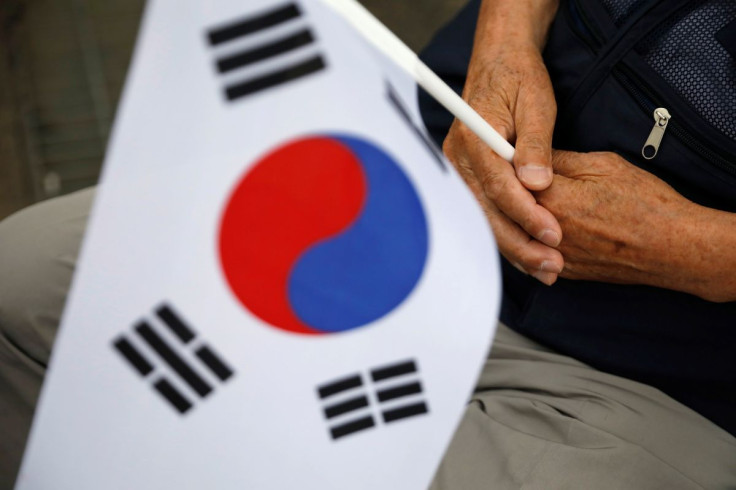Seoul To Buy Israeli Sky Spotter Drone Detection System To Counter North Korea
KEY POINTS
- Recent incursions have revealed South Korea's inadequate readiness to detect, track and shoot down small drones
- Despite scrambling jets and attack helicopters, South Korea failed to shoot down the drones.
- After initial denial, Seoul admitted that one of the drones breached the no-fly zone around the office of President
As tensions between North and South Korea continue to escalate, Seoul is looking to bolster its air defense capabilities with the acquisition of the advanced Israeli air surveillance radar to counter the emerging drone threat from Pyongyang.
Seoul's decision to consider the procurement of advanced Israeli drone detection Sky Spotter system, developed by Rafael Advanced Defense Systems, comes after five North Korean drones entered South Korean airspace on Dec. 26, 2022, a defense source told Yonhap News Agency Sunday.
South Korean defense authorities reportedly came under severe criticism for their failure to counter the North Korean drone incursions.
After initially denying any security breach, defense authorities in Seoul admitted on Jan. 5 that one of the five drones briefly entered the 3.7-kilometer-radius no-fly zone, called P-73, around the office of President Yoon Suk Yeol in Seoul, according to a separate report from the news agency.
Responding to the drone incursion, South Korea scrambled its fighter jets, light attack aircraft and attack helicopters that fired "warning shots," AP News reported. However, its failure to shoot down the drones raised questions about the South Korean military's air defense capabilities.
Despite South Korea and the U.S. military posturing, the recent drone incursions have revealed the South's inadequate readiness to detect, track and shoot down small drones.
The South Korean military is now considering the procurement of the Israeli Sky Spotter system. The system uses a network of sensitive optical sensors and can detect small targets, aircraft, drones and other threats that traditional radar cannot. The system also uses AI to separate, classify and identify objects to avoid false alarms.
Although North Korea has demonstrated its long-term interest in drone development, much of its unmanned aerial vehicle (UAV) program remains a mystery.
South Korea was caught off guard in 2017 when a North Korean drone equipped with a camera took photos of a southern U.S. military base operating a Terminal High Altitude Area Defense (THAAD) missile defense system.
According to South Korea's defense ministry estimates, Pyongyang has between 300 and 1,000 drones, helping compensate for its weak air force. While these drones are mostly capable of reconnaissance operations, they can be adapted to carry payloads of around 45 to 55 pounds (20 to 25 kilograms). Concerns have also been raised about the capability of some North Korean drones to carry chemical and biological weapons for use in potential terrorist operations.

© Copyright IBTimes 2024. All rights reserved.












